
Unable to spark interest in Windows 10 Mobile, Microsoft infects iOS and Android like a cancer
At the moment, Microsoft is all about Windows 10. Such is the company's focus on its desktop operating system, that you would be forgiven for forgetting that Windows 10 Mobile is on the way as well. But here Microsoft has a problem. Not only has Windows 10 Mobile failed to infiltrate the public consciousness, those who are aware of the impending release are singularly indifferent to it.
Clearly Microsoft is not happy about this, but there's not much that can be done to force people into using Windows 10 Mobile (although given the company's track record with pushing Windows 10 to desktops, nothing would come as a surprise). Instead, Microsoft is having to content itself by spreading cancerously to iOS and Android, spreading the diseases of Cortana, the Word Flow keyboard and more to rival platforms.
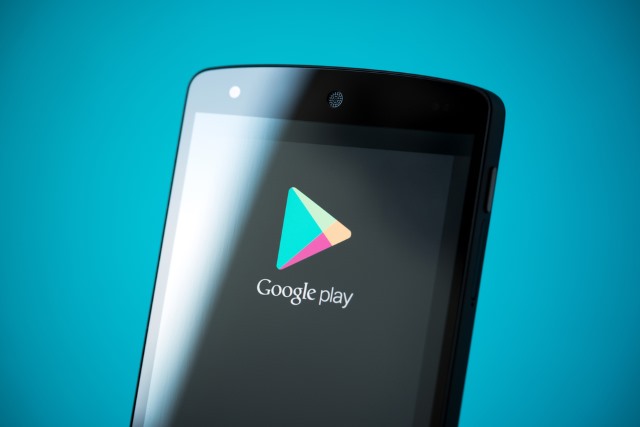
At long, long last, Google Play gains promo codes for apps and games
Google has finally caught up with Apple, and is now offering support for promo codes in Google Play. This is a feature that has long been available to iOS users, but it's only after years of complaining that Android users are, at long last, being afforded the same luxury.
Oddly, Google has decided to place some restrictions on how promo codes can be used. While developers can generate codes that can be used to purchase apps or to make in-app purchases, they are limited to creating 500 codes per quarter.
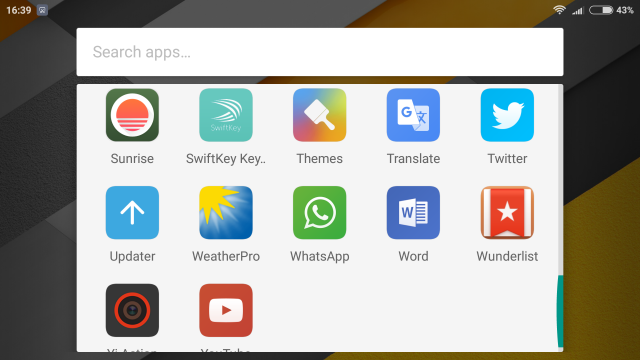
Google Now launcher enables auto rotate, forces single icon size
If you use Google Now launcher, you may have noticed that there is no option that can enable auto rotation. While this is not a problem when you are holding the device in portrait mode, it obviously makes landscape mode quite inconvenient at times.
The problem is that the launcher does not follow the Android-wide setting for auto rotation, and instead sticks to displaying everything in portrait mode. However, with a new update, that can now be changed.
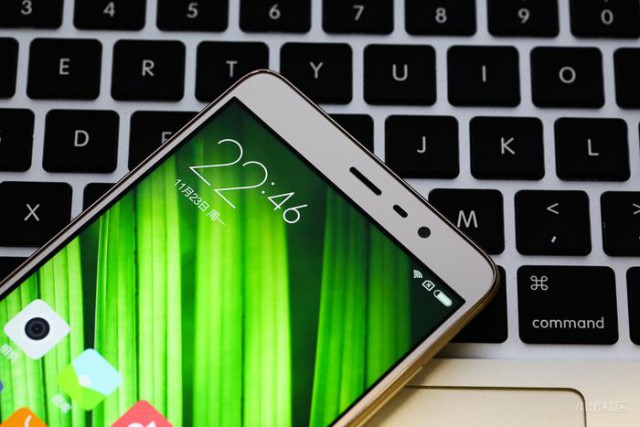
Xiaomi's new Redmi Note 3 with Qualcomm Snapdragon processor will launch in India
Xiaomi announced Redmi Note 3 last year, in late-November, alongside the Mi Pad 2 slate. The affordable phablet, which sports a metal body and fingerprint sensor, arrived with a MediaTek Helio X10 processor, but the company is now adding a Qualcomm Snapdragon version into the mix.
The new Redmi Note 3 version is powered by a mid-range, 64-bit, 1.8 GHz hexa-core Snapdragon 650 processor, which offers Adreno 510 graphics, support for UltraHD video and VoLTE, and an integrated X8 modem which enables higher transfer speeds over cellular networks. This model is likely introduced for international markets.
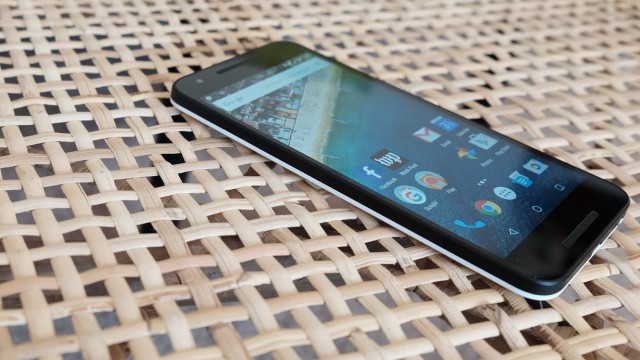
Google Nexus 5X gets $30 price cut
Last year, for the first time, Google introduced two new Nexus smartphones, giving its fans the option to choose between a smaller LG-built Nexus 5X, which is the much-awaited follow up to Nexus 5, and a premium Huawei-made Nexus 6P phablet, which replaces Nexus 6 in its lineup.
The former is definitely the more appealing of the two for price-conscious shoppers. The base Nexus 5X arrived with a $379 price tag, while the more expensive Nexus 6P launched at $499. Now Google has made Nexus 5X even more attractive, thanks to a permanent $30 price cut.
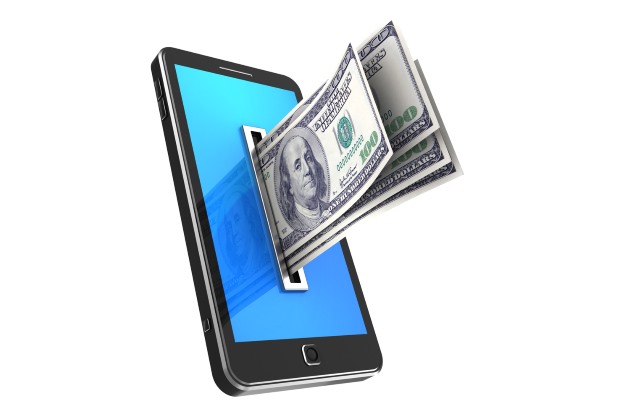
Updated Android.Bankosy malware steals passwords sent through voice calls
Around a year and a half ago, Symantec warned about the personal data stealing malware Android.Bankosy. Now the Trojan has been updated so it can steal passwords delivered via voice call-based two-factor authorization systems.
Such 2FA systems are often used by banks to communicate one-time passcodes to people. While these have usually been delivered via SMS, voice call delivery is becoming increasingly common. Malware makers are keen not to miss out on data stealing opportunities, and the Android.Bankosy introduces a call-forwarding feature that sends 2FA calls to a C&C server so the code can be intercepted and exploited.
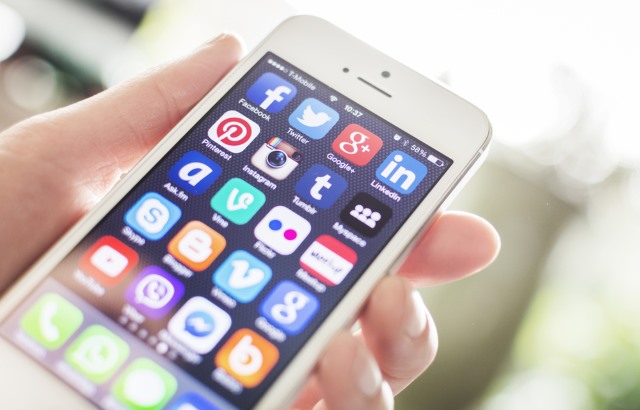
Is Apple really building an iOS to Android migration tool?
Apple is rumored to be working on a tool that will make it easier for iOS users to migrate to Android, following pressure from major European mobile operators. The carriers apparently believe that it is too difficult for their iPhone-toting customers to switch to a device running the more popular operating system, which severely limits their options come upgrade time.
Apple actually has a similar tool, but it is there to help Android users migrate to iOS, and not the other way around. Developing a tool that would basically enable it to (more quickly) lose customers to major rivals, like Samsung, sounds like Apple agreeing to shooting itself in the foot. But is the iPhone maker actually building it?

Security trends to watch in 2016
2015 was a year for the record books in information and cyber security. Dozens of new vulnerabilities were uncovered, and government organizations, businesses and individuals continued to find themselves victims of high-profile data breaches.
As we settle into the new year, we don’t expect this trend to slow down. We foresee more security issues on the horizon that must be addressed in order to ensure privacy for companies and consumers in the year ahead. Here are our predictions on what’s coming in 2016:
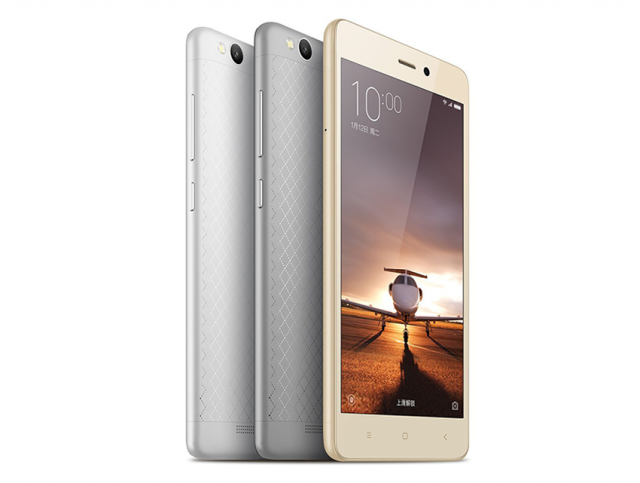
Xiaomi announces Redmi 3 smartphone with huge battery
Xiaomi is well known for delivering attractive devices at very affordable prices. Its new Redmi 3 is no exception. The company's latest Android smartphone is a mid-range handset with a huge battery, but with a price tag that puts it closer to entry-level offerings.
Redmi 3 is positioned as one of the more affordable Android devices in Xiaomi's lineup, being introduced at the RMB699 (roughly $107) price point. For the money, there is really nothing that potential buyers might miss.
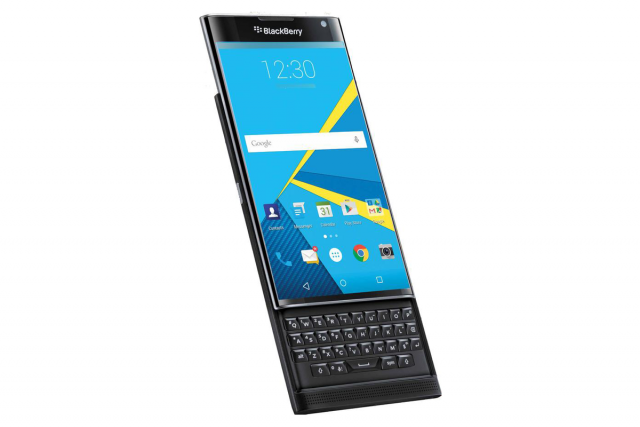
BlackBerry will only release Android devices in 2016
BlackBerry has heralded the new year with a new move -- that is, to shift to Android for its upcoming devices in 2016.
In BlackBerry’s statement, company CEO John Chen said that its BB10 operating system will take a back seat this year as the company intends to launch two Android-powered devices to accompany the BlackBerry Priv.
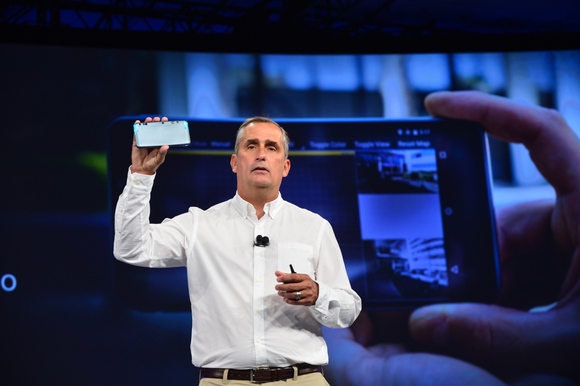
Intel's new smartphone comes with a 3D RealSense camera
Most people may not know this, but Intel is no stranger to the smartphone world. It develops mobile processors that power a wide range of Android devices, like ASUS' ZenFone 2 line. But the company is not stopping there as at CES 2016, it just unveiled a smartphone equipped with a RealSense camera.
Virtually every smartphone has cameras on the front and rear, so what makes Intel's device special? Well, the RealSense camera allows the handset to recognize 3D objects and gestures, similar to Microsoft's Kinect.
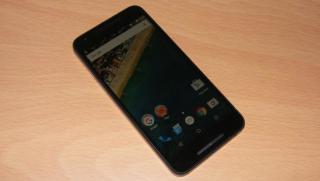
Google Nexus 5X: An Android Marshmallow smartphone worthy of your attention [Review]
Phones have been gradually getting bigger in the past few years. That makes for better displays for watching videos and viewing documents and web pages, but there’s a downside too.
For many people it makes them more awkward to carry around and can mean they’re harder to use as a phone because you need two hands to operate them.
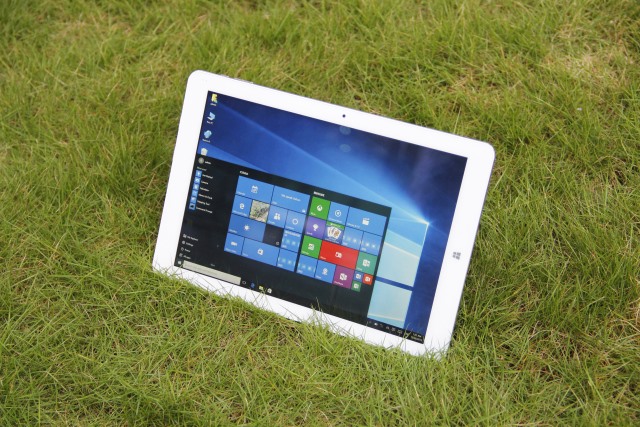
Chuwi Hi12 is a promising budget Surface-like tablet running Windows 10 and Android
Chuwi might not be a name that you're particularly familiar with (or have even heard of at all), but the Chinese company has some interesting hardware on the way in 2016. Can’t decide between a Windows 10 tablet, or one running Android? Chuwi Hi12 offers the ability to boot between Windows 10 and Android.
With more than a hint of iPad aesthetics, the Hi12 blends the worlds of Microsoft's and Google's operating system to create a budget version of the Surface with an Android bolt-on. As this is a tablet running both Android and Windows, it's no surprise that there's a Cherry Trail processor on hand to keep things ticking over.
Two weeks with Google Pixel C [preview]
For about a fortnight, I have used Google's Pixel C as my primary tablet. I like the 10.2-inch slate much more than anticipated, particularly after being negatively influenced by some rather lukewarm techsite reviews before FedEx delivered the tab to my door.
Google designed and produces Pixel C, which is by far the best Android tablet you can buy anywhere. Like Nexus smartphones, which debuted in January 2010, the tablet is meant as a reference design for OEMs and developing Android apps appropriate for larger, but still mobile, screens. I primarily will focus on the hardware this round; apps and Android will come next year in my full review.

Google says ta-ta to Oracle's Java APIs -- will embrace OpenJDK in future Android releases
Lawsuits in the technology world are so friggin' tiring. Yes, patents and copyrights are generally a positive, as it protects inventors from having their ideas and intellectual property stolen. Sadly nowadays, trolls have largely ruined the sanctity of the original intent. I'm not calling Oracle a troll per se, but suing Google over the use of Java APIs in Android seemed a bit silly to me. A jury and a judge agreed with my feeling on the matter, but their stances were later reversed. Ultimately, Oracle beat Google using the judicial system.
Today, Google announces that it will embrace OpenJDK in future Android releases. While this should avoid infringement against Oracle technologies, it is not clear if that is the motivator here. In other words, this could have been planned prior to the judgement against the search giant, or it could be related.
